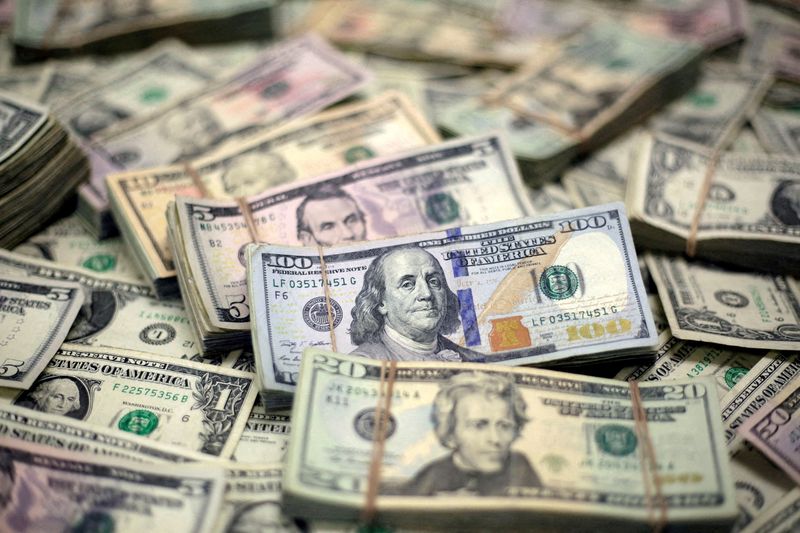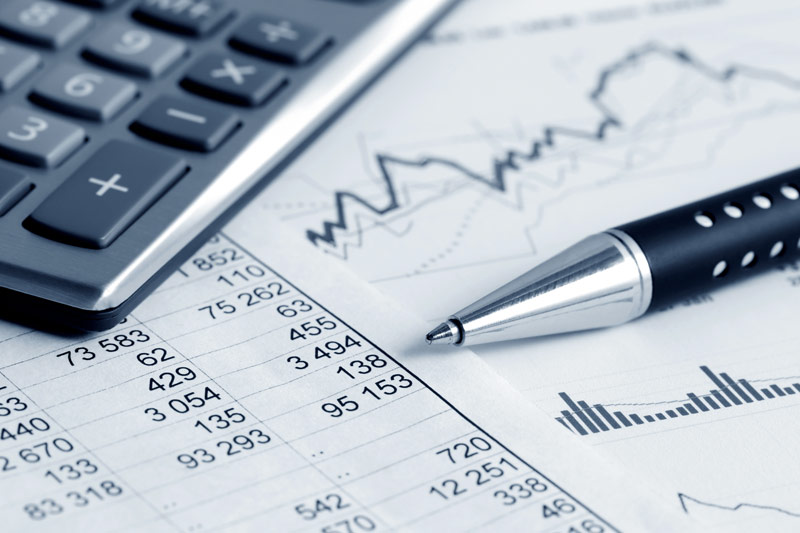By Mike Dolan
LONDON (Reuters) – The dollar has just had its best week in two years, showing once again how dangerous it can be to bet against the U.S. currency if the rest of the world simply won’t let it fall.
The DXY index, which tracks the dollar against the world’s most traded currencies, rose more than 2% last week – a stunning whiplash, not least for the many speculators who were short on the dollar and waiting until it would collapse.
While the rally was fueled in part by the blowout US employment report – and the related rethink of the Federal Reserve’s interest rate trajectory – the dollar’s recovery was already well underway before Friday. The wage figures are just the icing on the cake.
The main catalyst for the dollar’s renewed strength has been clear signals from central banks in Europe and Japan that any Fed attempts to raise interest rate cuts would be matched in kind.
The rest of the world’s major central bankers certainly took note of the Fed’s outsized opening salvo of 50 basis points last month in what it labeled a 250 basis point easing cycle.
This move was followed by a series of sharp comments from the leaders and governors of the European Central Bank, the Bank of England and the Swiss National Bank. All suggested their own decks would also be cleared for accelerated easing.
While the Bank of Japan moved in the opposite direction, both the BoJ and the country’s new Prime Minister slammed plans to further ‘normalize’ policy with higher interest rates, following the Fed’s major rate cut.
Add to that the signs that the SNB is already intervening in the currency markets to limit the rise of the Swiss franc, the continued intervention of the Reserve Bank of India and even a recovery in China’s foreign exchange reserves, and it is easy to see why the dollar has stuck around for so long. The predicted downward path is frustrated.
‘CLEAR’ COLLECTION OF AMERICAN ASSETS
But the truly large capital shifts that drive the dollar less in the public sphere than in the private space reflect foreign investors’ seemingly insatiable appetite for American assets.
Currency strategist Kit Juckes of Societe Generale (OTC:) wondered this week why the dollar is rising again so soon after the Fed started cutting interest rates. He noted that the two previous multi-year dollar rallies of the past fifty years were completely reversed after Fed easing began.
Juckes highlighted data showing that Japanese trust funds have already started buying U.S. Treasuries and that foreign demand for dollar call options is increasing. The rapid return to already crowded American markets is, in his words, “taking American exceptionalism to a new level.”
So the dollar remains stubbornly overvalued: the real, broad trading index is still about 30% above its level ten years ago. This is leading to growing concern about the enormous scale of global exposure to US assets, the peculiar twist of the dollar’s exchange rate and its effect on US competitiveness, and renewed concerns about the ‘global imbalances’ that emerged two decades ago. ruled.
SocGen strategist Juckes highlighted that foreign investors have increased their net holdings of US assets by as much as $40 trillion since 2020 – making it all the more remarkable that this thirst has not yet been quenched.
“I’m sure a weaker dollar would help reduce some of the imbalances in the global economy, but if investors have so little confidence in their domestic policies and asset markets that they are already returning to the US, how can that happen?” he said.
Moreover, there is little or no sign that American investors have the slightest interest in underperforming foreign markets.
US mutual fund figures have shown net outflows from global equities over the past month, a fairly consistent trend since the Fed started raising rates in March 2022.
So what could shake investors’ unerring confidence in the resilience of the US economy, and by extension the dollar?
The geopolitical concerns are certainly as high as we have seen in many decades. But this arguably increases the demand for dollars as a safe haven, encourages American money to settle domestically and increases the appeal of unparalleled American size and liquidity.
Could the US elections or threats to US democracy and institutions confuse investors?
A return of Donald Trump to the presidency after the November 5 election could certainly raise concerns, not least given Trump’s well-stated support for both a weak dollar and political control of the Fed.

But it is telling given that even as the battle for the White House heats up, the world still seems determined to keep the dollar high.
The opinions expressed here are those of the author, a columnist for Reuters


